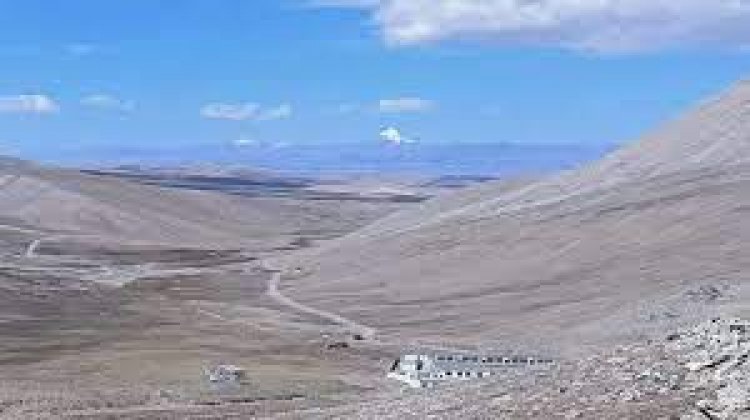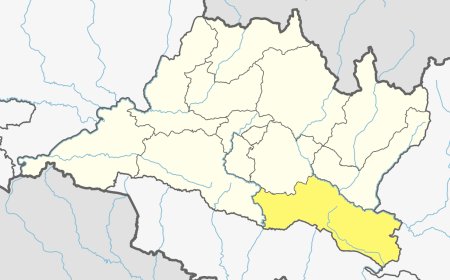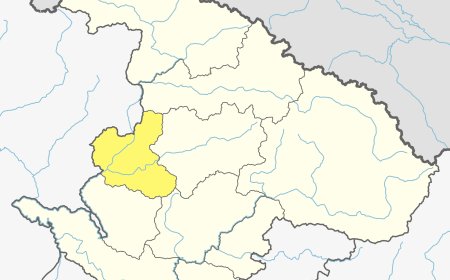Challenges Faced by Nepalis at the Chinese Border: A Detailed Analysis
Navigating the Border: Exploring the Challenges Nepalis Encounter at the Chinese Border

Introduction:
The journey along the border between Nepal and China, which stretches across the formidable Himalayan region, is riddled with challenges for Nepalis. In this comprehensive article, we delve deeper into the reasons behind the difficulties faced by Nepalis as they interact with China at the border. By exploring the complexities arising from treacherous terrain, harsh weather conditions, heavy militarization, and cultural disparities between the two nations, we aim to shed light on the intricacies of this cross-border dynamic.
Challenging Terrain: A Mountainous Impediment
The Himalayas, renowned as one of the most rugged and mountainous regions in the world, present significant hurdles to those traversing the Nepali-Chinese border. The terrain, characterized by steep slopes, deep valleys, and narrow paths, poses formidable challenges to travelers and traders alike. The lack of well-developed infrastructure and transportation routes further complicates the journey, making it arduous to cross the border efficiently. Navigating through such difficult terrain demands caution, skill, and expertise, greatly impeding the smooth movement of people and goods between the two countries.
Harsh Weather Conditions: Battling the Elements
The Himalayan region is known for its harsh weather conditions, particularly at higher altitudes. Extreme cold and dry weather prevail, making it challenging for individuals to live and work in the area. The frigid temperatures, combined with limited access to basic amenities, create inhospitable circumstances for Nepalis crossing the border. Surviving in these harsh conditions requires resilience, proper equipment, and adequate preparation. The severe weather acts as an additional barrier, further hindering the ease of interaction between Nepal and China.
Heavy Militarization: Sentinels Along the Border
The border between Nepal and China is heavily militarized, primarily driven by security concerns, territorial disputes, and geopolitical factors. China maintains a significant military presence along the border, which poses challenges for Nepalis attempting to cross without proper authorization. Strict border controls, numerous checkpoints, and advanced surveillance systems are in place to regulate movement. The presence of armed forces acts as a powerful deterrent, making unauthorized crossings virtually impossible. This heavy militarization serves to protect China's interests, but it also adds to the difficulties faced by Nepalis seeking to cross the border.
Cultural Differences: Bridging the Gulf
Nepal and China are distinct in terms of language, religion, and customs, leading to significant cultural disparities between the two nations. These differences can create additional hurdles for Nepalis attempting to adapt to life in China or establish cross-border relationships. Language barriers pose challenges to effective communication, making it difficult for Nepalis to navigate daily activities, access essential services, and establish meaningful connections. The dissimilarities in religious practices and customs may also require significant adjustments, affecting social integration and cultural assimilation. Overcoming these cultural differences requires open-mindedness, understanding, and a willingness to bridge the gap between the two nations.

Conclusion:
The Nepali-Chinese border presents a myriad of challenges for Nepalis, stemming from the treacherous terrain, harsh weather conditions, heavy militarization, and cultural differences. The rugged Himalayan landscape and adverse weather conditions significantly restrict travel and trade between Nepal and China. The imposing military presence acts as a formidable barrier, preventing unauthorized crossings and tightly controlling movement. Moreover, the cultural disparities between the two nations add complexities to the interactions, making effective communication and integration challenging. Recognizing and addressing these challenges is crucial for fostering improved relations, facilitating smoother interactions, and promoting mutual understanding between Nepal and China across the border.
What's Your Reaction?




































































































